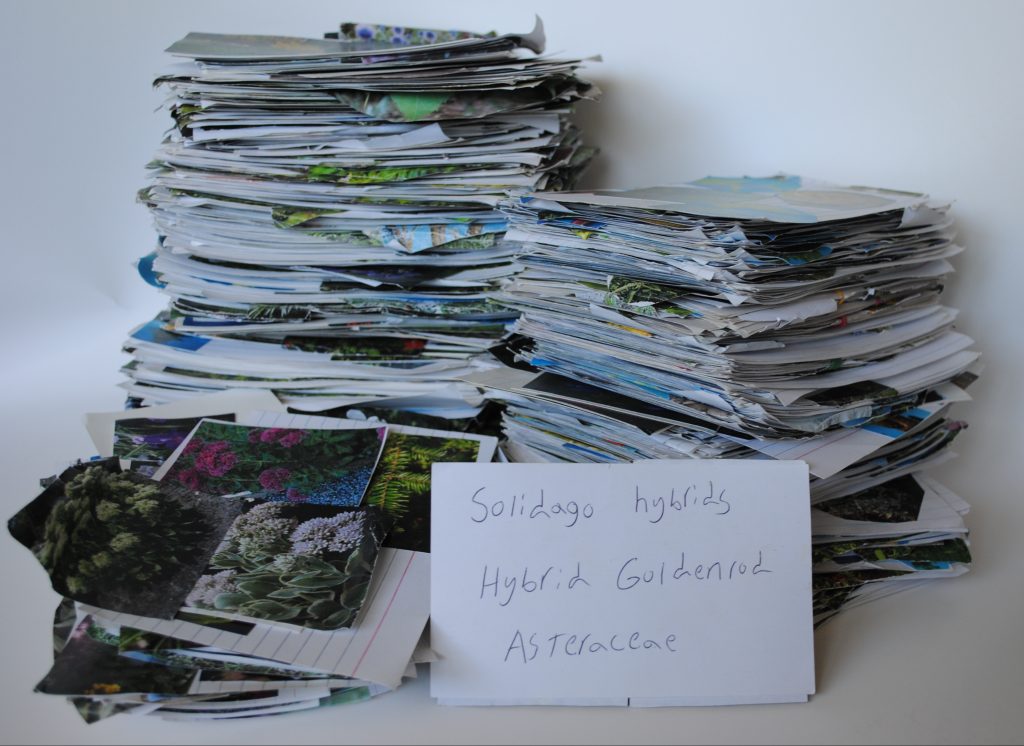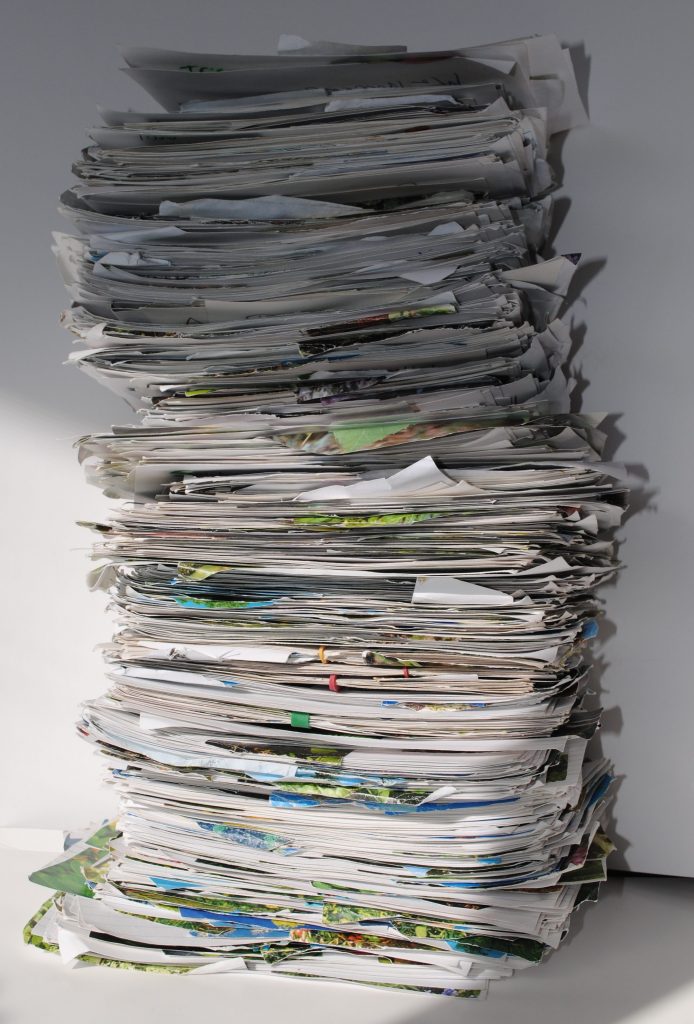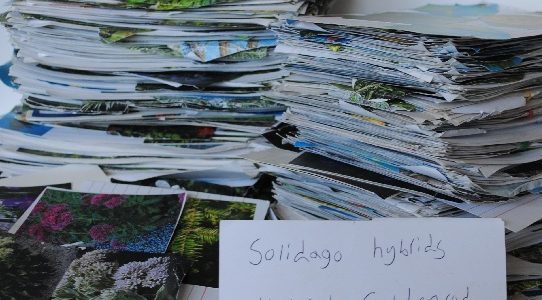
When I first started studying Horticulture, I didn’t know anything about plants. I could see the difference between trees and bushes, but I couldn’t tell you what any given plant was called. As I began to learn plant names and features, the nameless green blobs started to become their own, distinct beings. Suddenly, names and shapes emerged as I walked through my neighborhood. What used to be a “plant” or at best a “bush”, was suddenly a “boxwood” or a “hydrangea”.
I was hooked on horticulture.
I took my first plant identification course at the local community college. On the first day of class, my professor said, “Every one of you should go home and buy a set of index cards. Put pictures of the plant you want to learn on the lined side, and write the name of the plant on the unlined side.” He knew something I was about to find out; flashcards are the fastest, most effective way to learn plant names.
I was skeptical at first, but I bought the index cards. Suddenly, I was learning and recognizing plants by their common names. Hours of study with the flashcards helped me learn their Latin names too. I must have made over 100 cards just for that class. I used the cards to quiz myself so I’d do well on our weekly tests. I aced the class, and had a newfound ability to recognize basic neighborhood plants.
But the benefits of using plant ID flashcards didn’t stop there. I pursued my love of horticulture to a university landscape design program. The university curriculum included three plant ID courses, and I knew exactly what to do. I spent hours searching for the perfect pictures, cutting them out, and gluing them to flashcards. Form, leaf, bark, blooms, fruit and buds. I cut the images out, glued them onto cards, and recorded their names. I remember laying around campus with a stack of cards, saying the both the Latin names and the common names out loud over and over again while I looked at the photos to quiz myself for upcoming plant identification exams.
When I learned a plant, I would put it in a stack off to the side, and focus on the rest of the cards I still didn’t have down yet. Being able to recognize a plant on sight and recall its name was extremely rewarding. Doing well on tests and quizzes was even better. I was in my element, and learning dozens of new plants a week. But it became clear to me that some my classmates were totally lost. They were overwhelmed, and had no idea how to organize all of the plant names and features we had to learn. So I started to share the flashcard technique, and many of my peers made the same sudden, exponential progress I was making!
Years later, I moved across the country from Virginia to California to start my own landscaping business. I had all of my plant knowledge, enthusiasm for the field, and a business plan ready, but once I got there, I was stuck. I couldn’t believe how many plants grew in Northern California that I had never even seen before. Sure, I knew there would be new plants to learn. But the sheer diversity and range was astounding. What was an Agapanthus, Callistemon, or Cordyline? If I didn’t figure out how to identify the Agave, Aloe and cacti everyone had growing in their front yards, and fast, I clearly wasn’t going to make it in this new market.
I took a trip to the local wholesale plant nursery with a notebook, and walked up and down the aisles recording the names of all the plants I didn’t know. It was a formidable list, but I was an old hand at the flashcard method by then. I took a few days to make a whole new deck of California-specific plant ID cards. And sure enough, I was able to learn them quickly. My business was up and running in no time.

In my personal experience, this is hands down the easiest and best way to learn plants and remember their names. If you’re a student looking to quiz yourself for an upcoming test, Plant ID Flashcards are for you. If you’re a master gardener who wants to learn exciting new plants to feature in your yard, Plant ID Flashcards are for you. If you’re a landscaper or a landscape designer who wants to win new clients and push your professional career to the next level, Plant ID Flashcards are for you. Finally, if you just want to learn more about the world around you, and be able to name the plants you see in your neighborhood, Plant ID Flashcards are for you!
To this day, when I walk around outside with friends, they will sometimes point to a plant or a tree they don’t know, and ask me, “what’s that?” Thanks to my practice with plant identification cards, I can confidently shout out, “Quercus phellos – Willow Oak – Fagaceae family”.
-Eli


Hi Eli, thank you for sharing your awesome flash cards and congrats on producing an amazing product!
At this time I don’t need your cards but will surely share your info when appropriate.
Best to you, Kathy Brooks VA certified landscape designer
Hi Eli,
I love your plantID cards. I’m not a professional, just someone interested in knowing more about the world around me. I love to be able to identify plants, trees and shrubs. You’re cards are the very best way to do that. It’s fun and easy. I bought all three packs and I’m so glad I did!
I loved learning the history behind the development of the cards. What a brilliant idea.
Thanks so much,
Mary
Hi Eli, I just ordered all three sets of cards and can’t wait to receive them. I learned well with flash cards in school years and years ago … I am looking forward to learning to identify more plants, trees and shrubs in this way. Thank you for creating these!